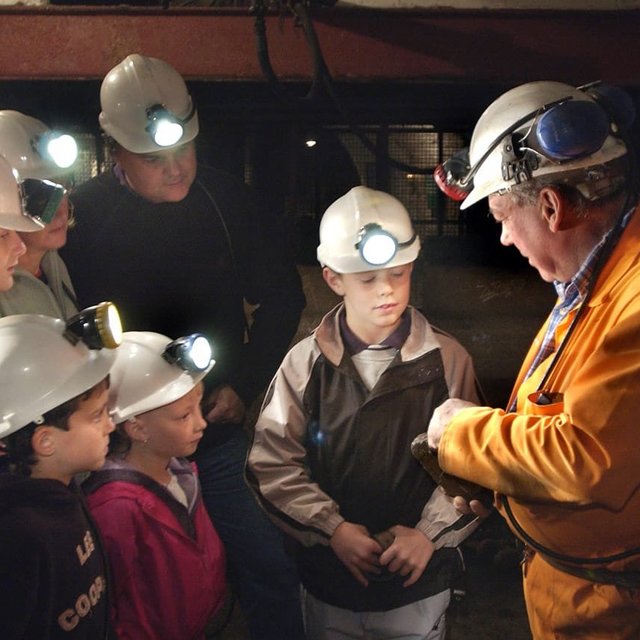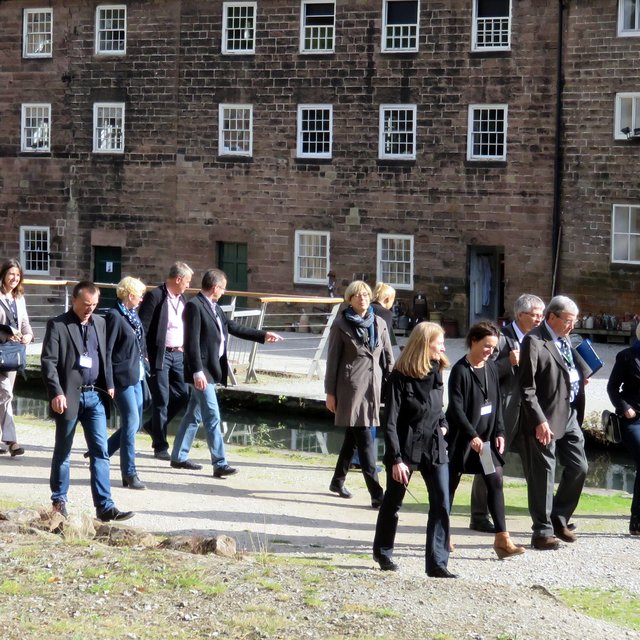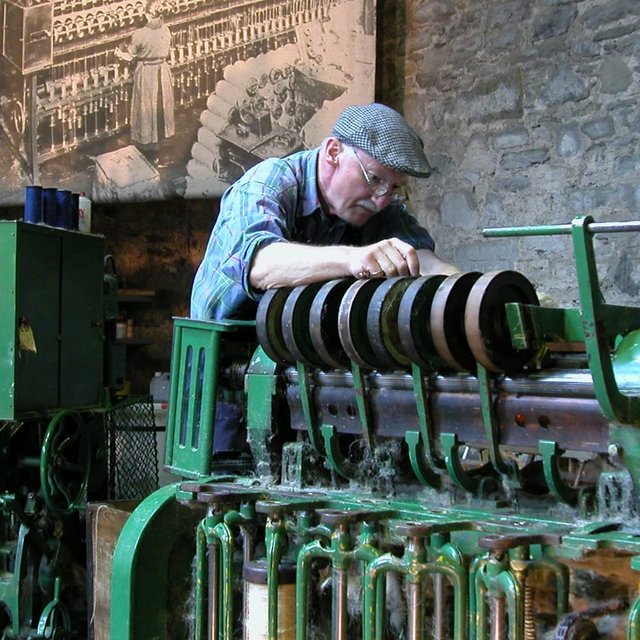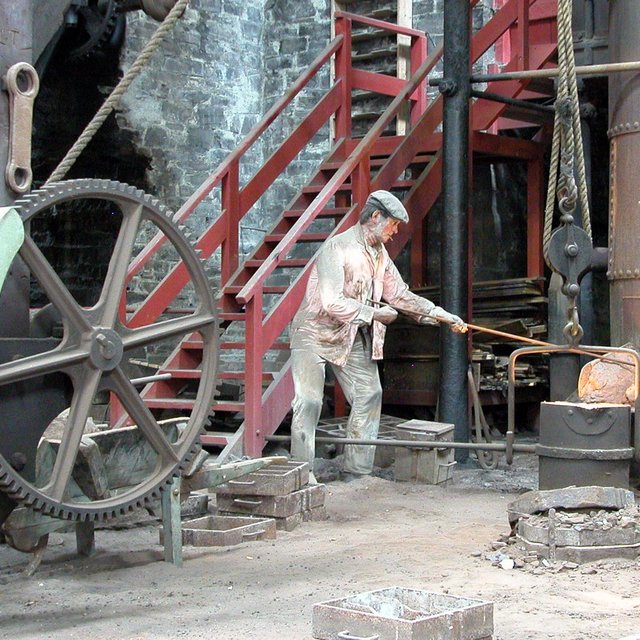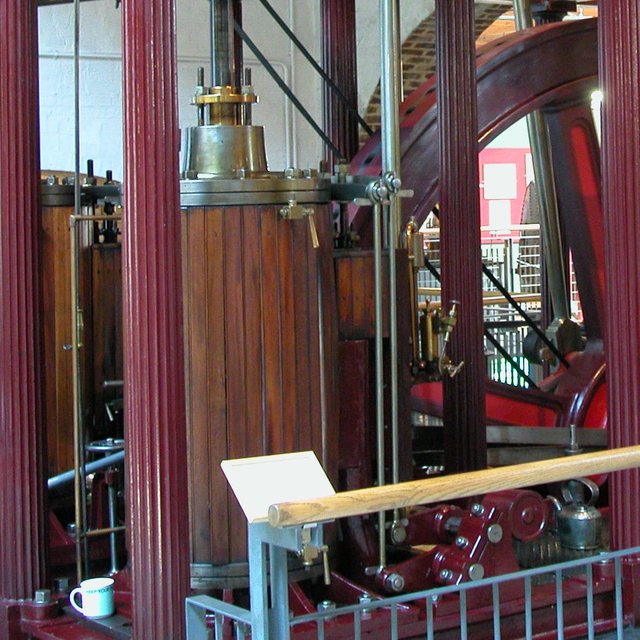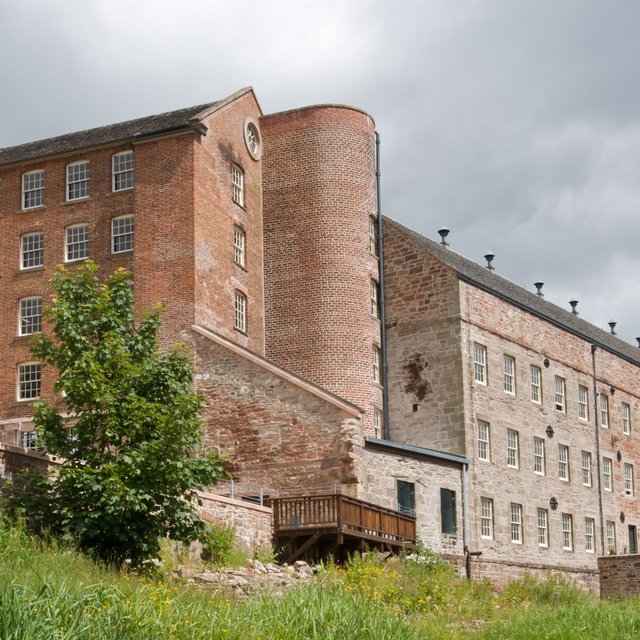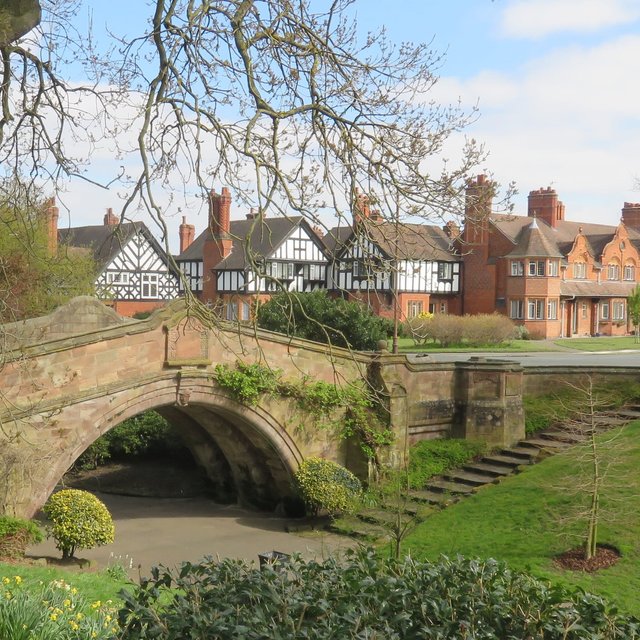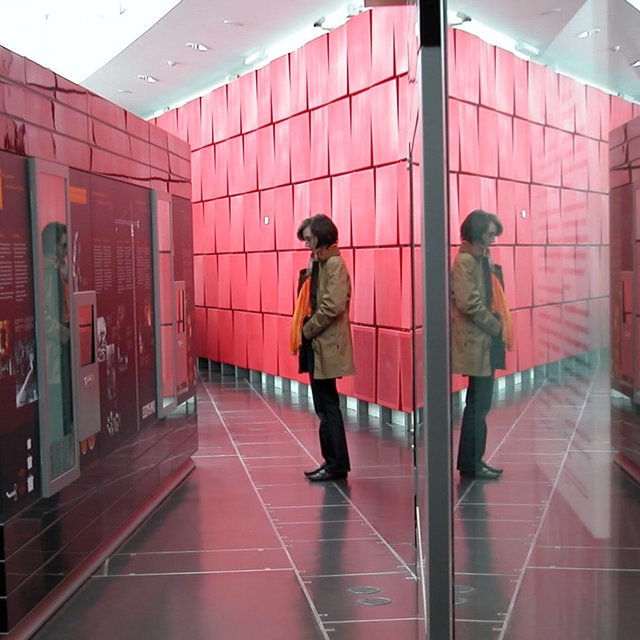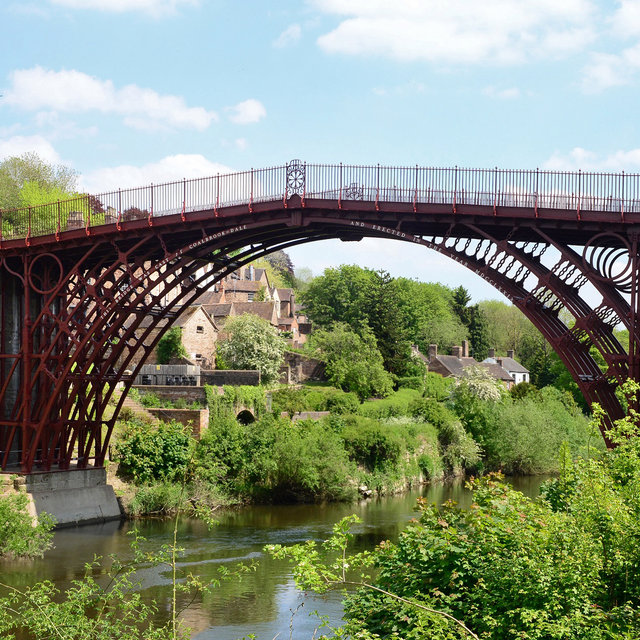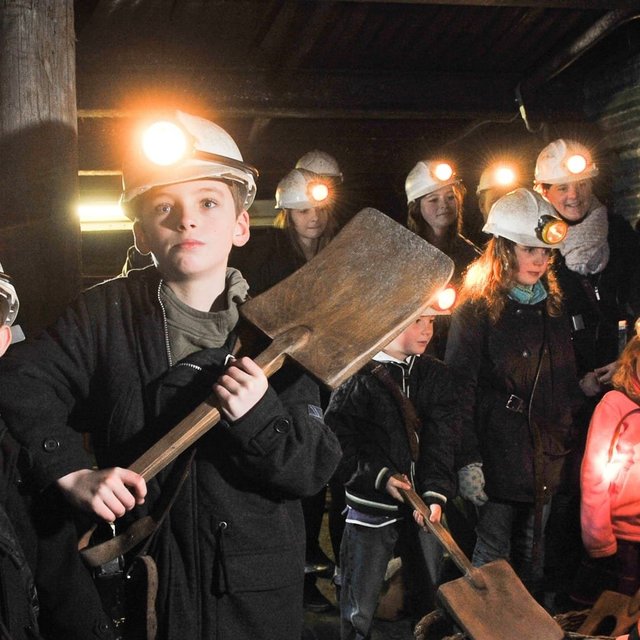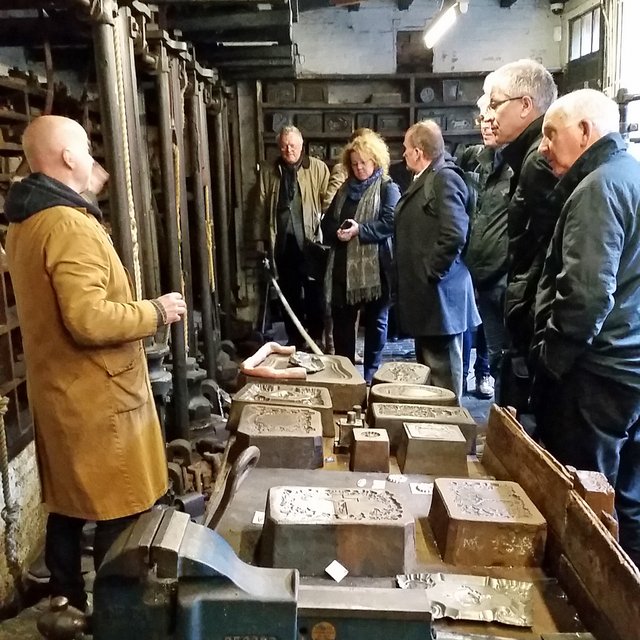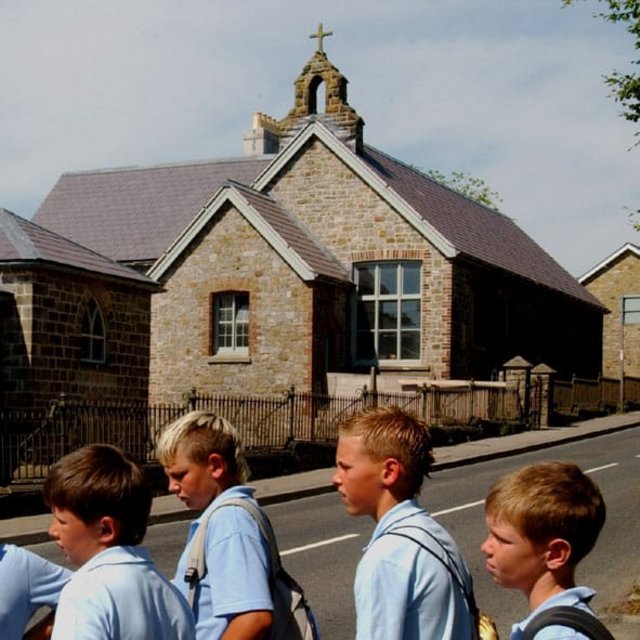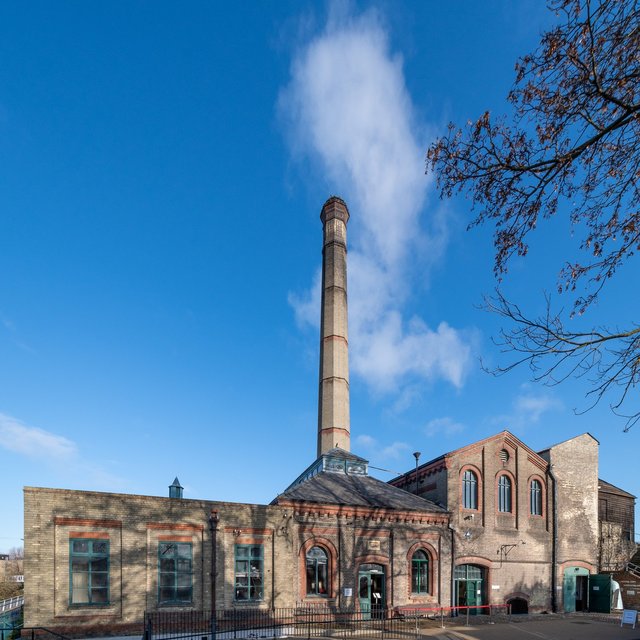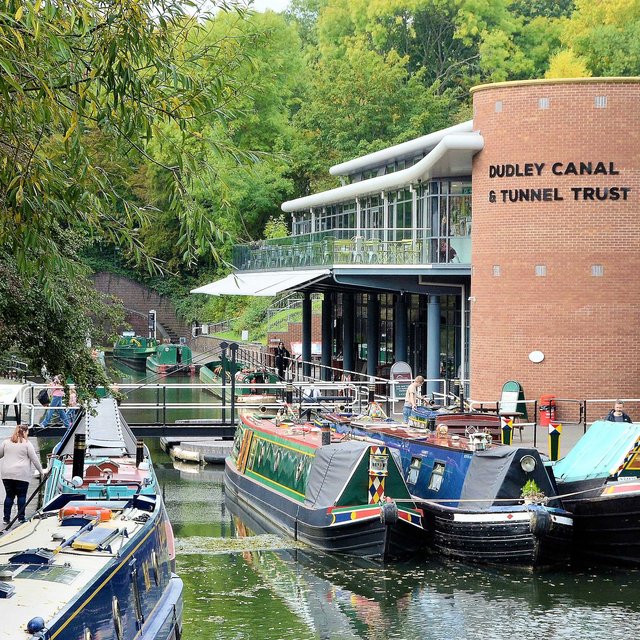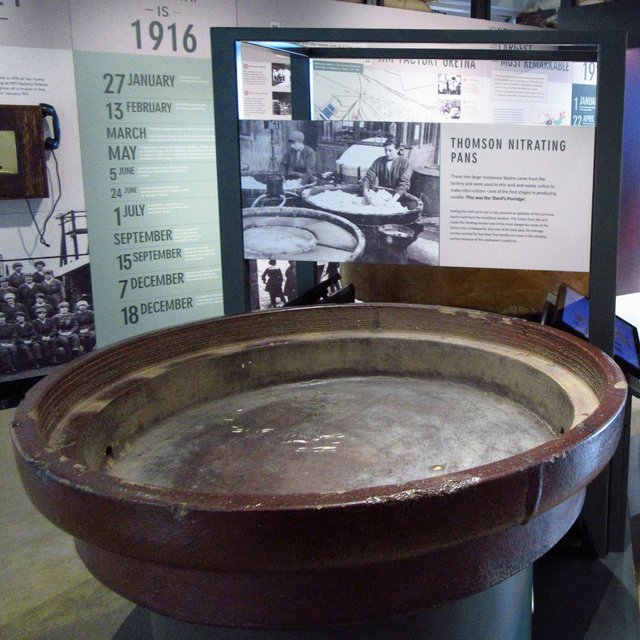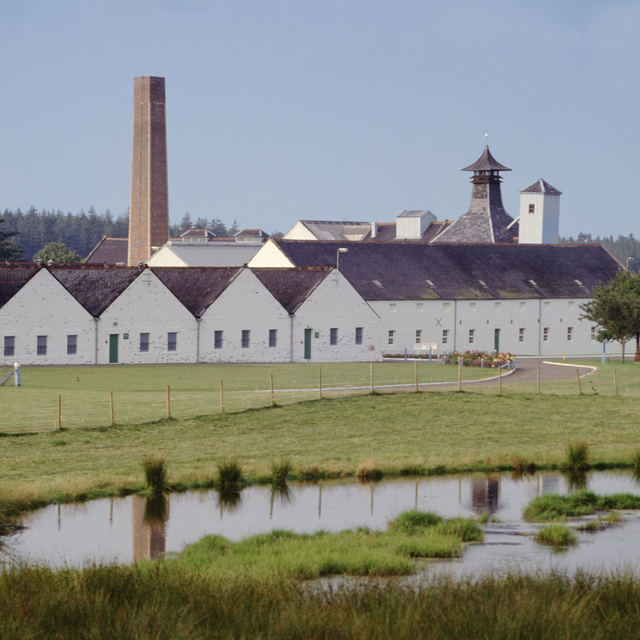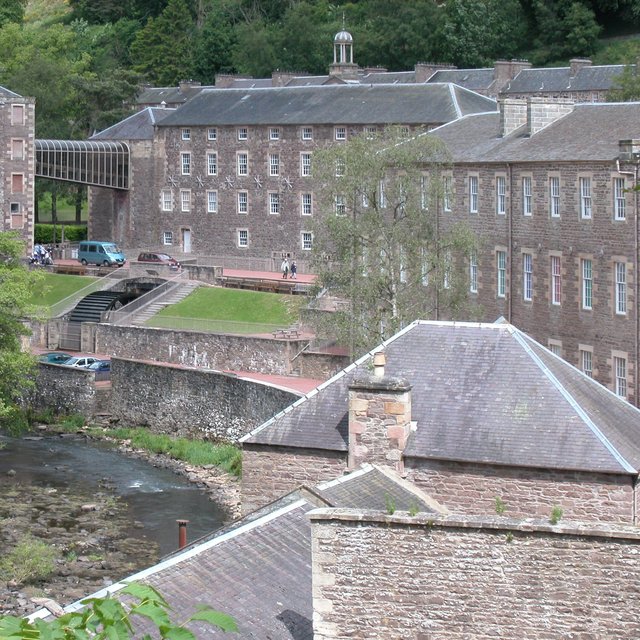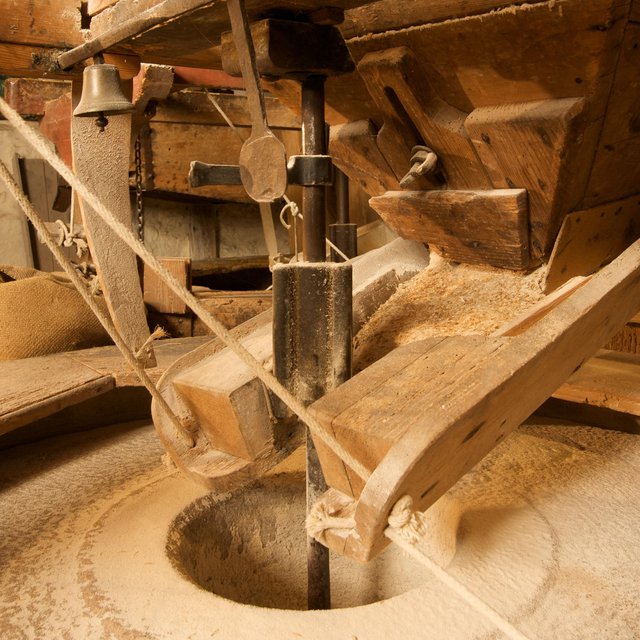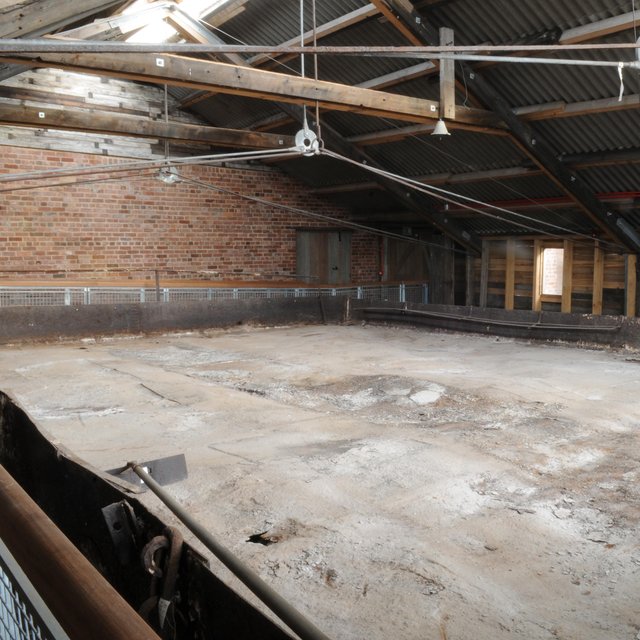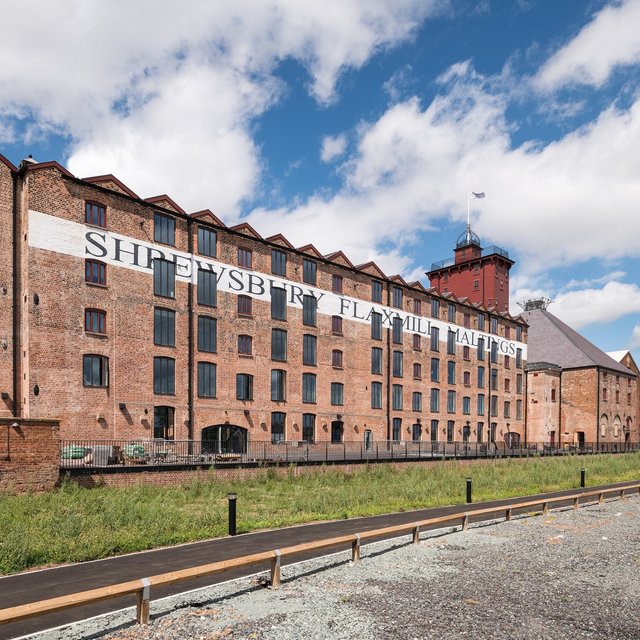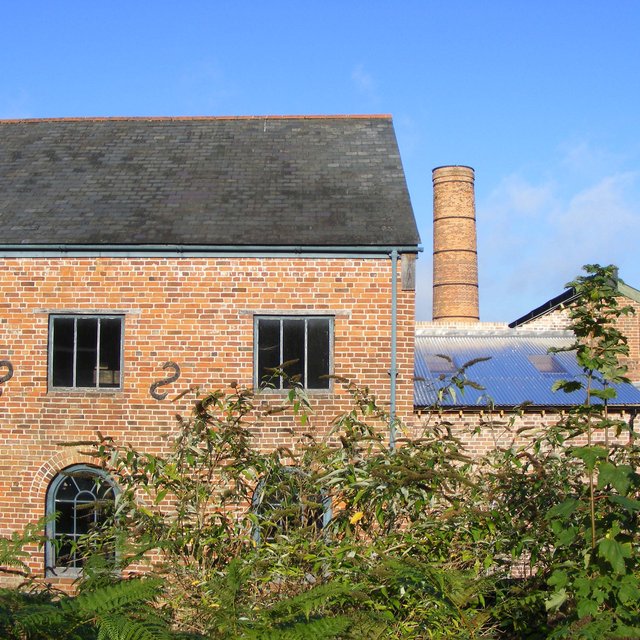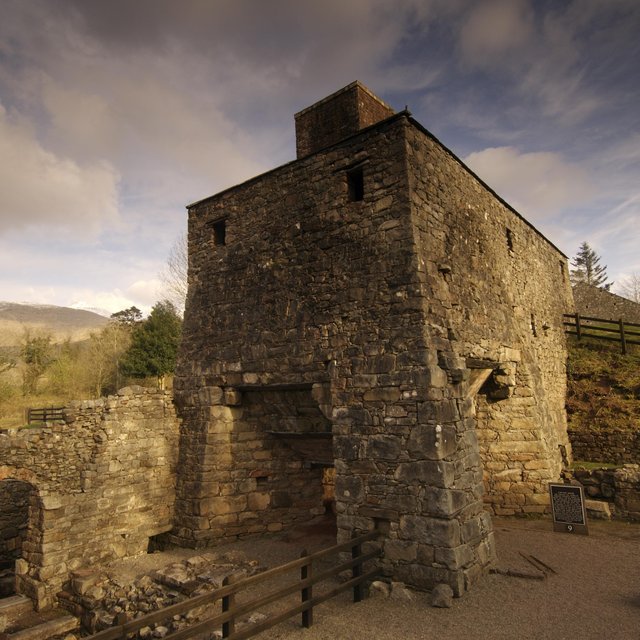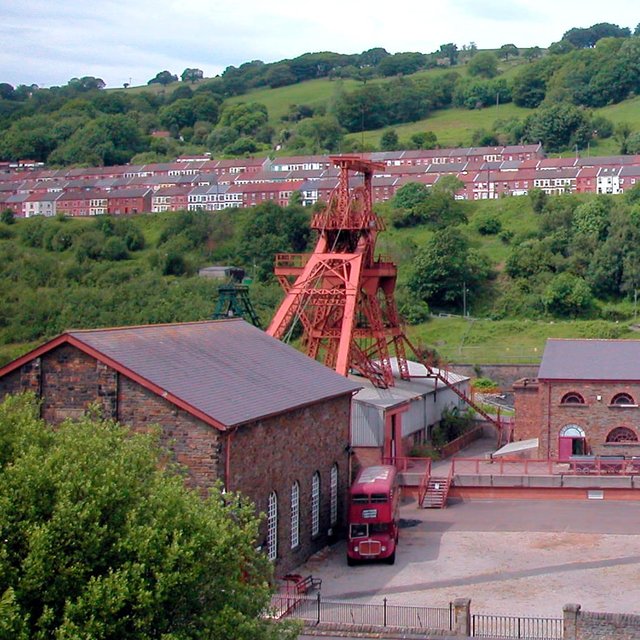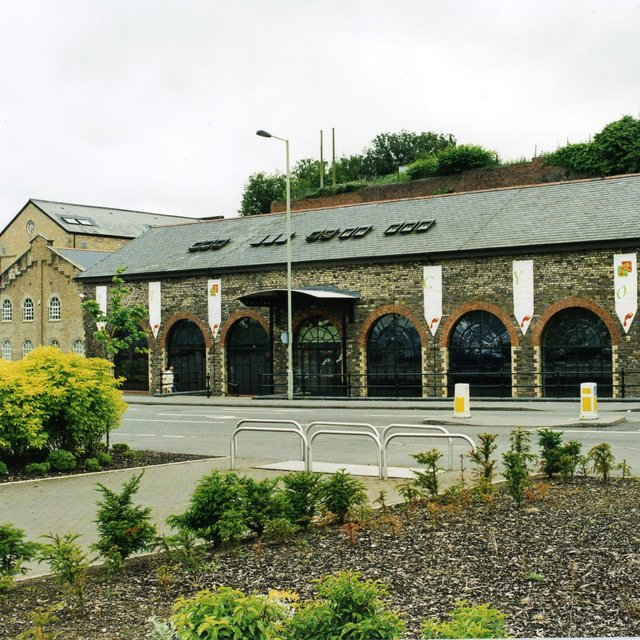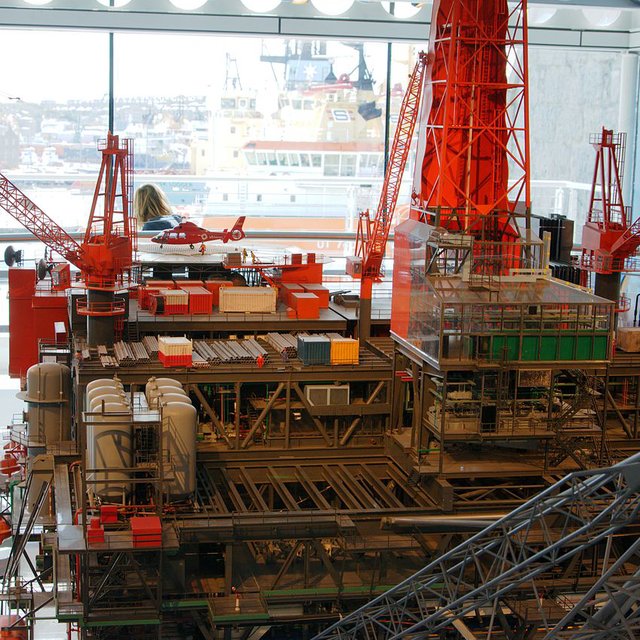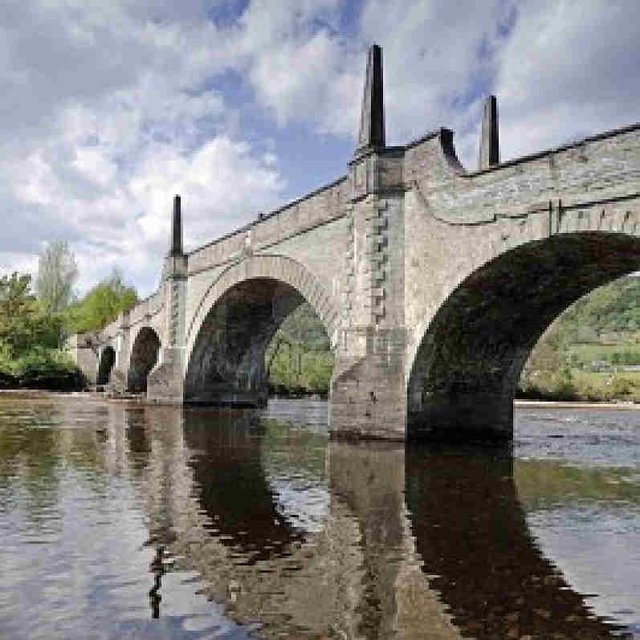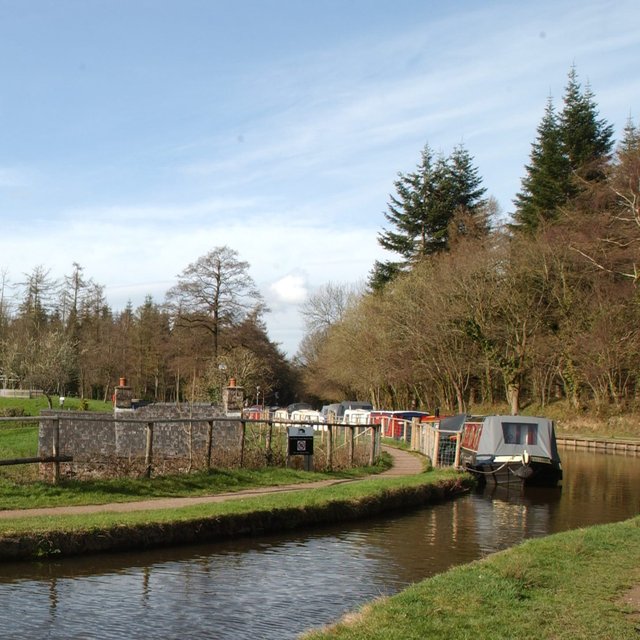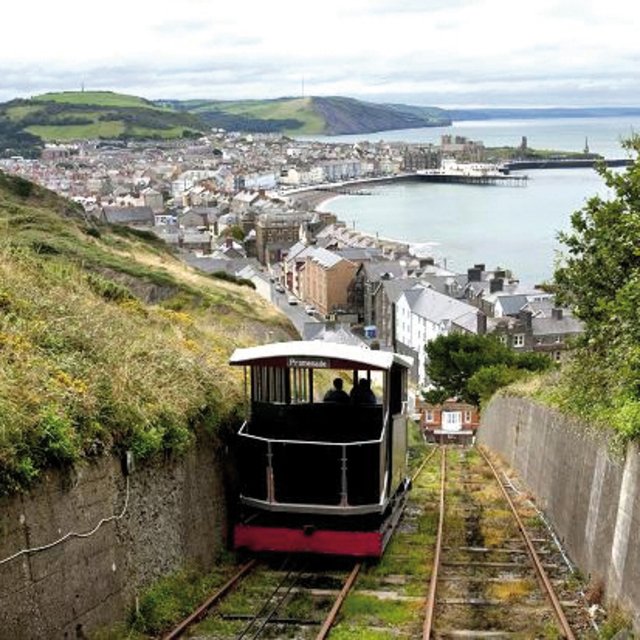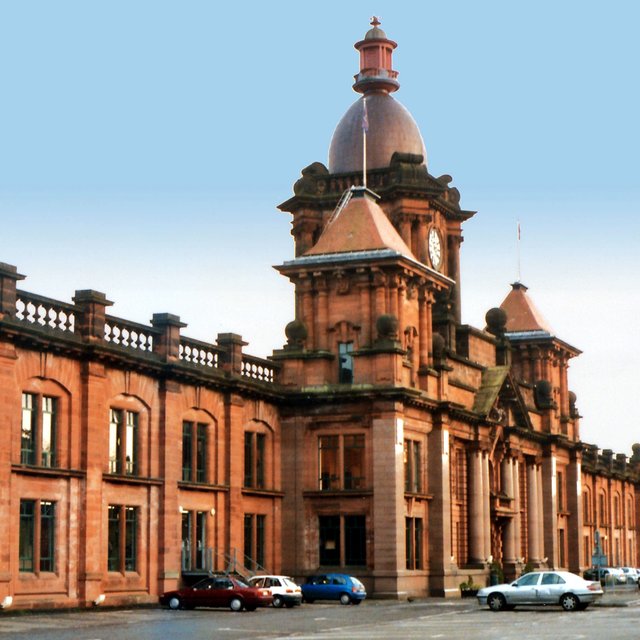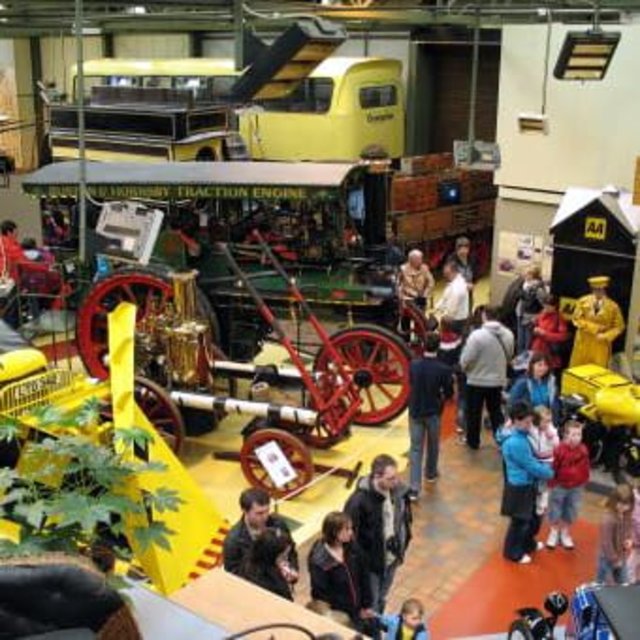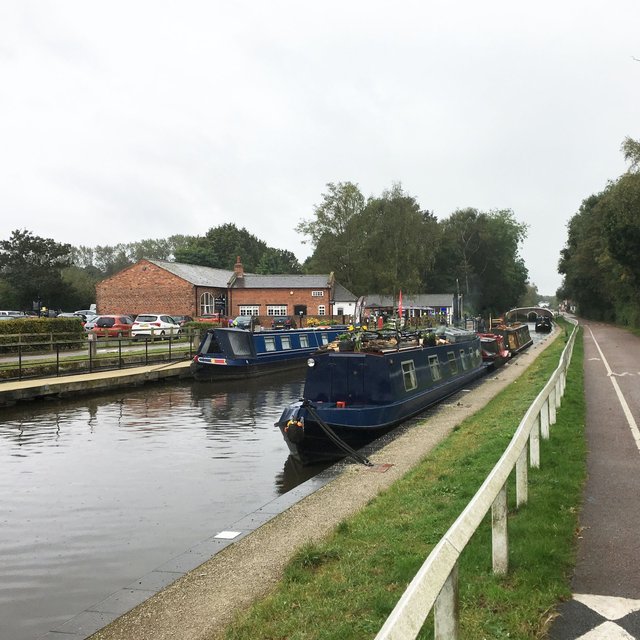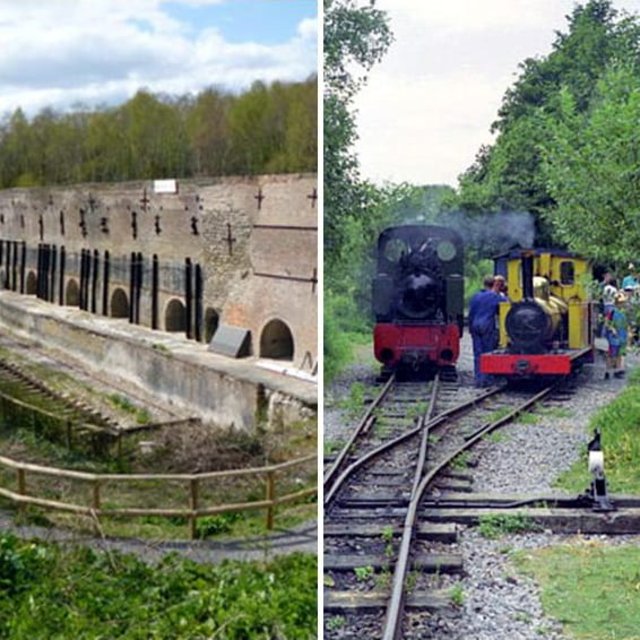Country United Kingdom
The Industrial Revolution began in the fields of British farmers. Thanks to new cultivation methods, they were able to increase their yields in the 18th century so that the country's food supply was secured and the noble landowners had capital for investment. An efficient capital market already existed: ... more
ON THE INDUSTRIAL HISTORY OF THE UNITED KINGDOM
The Industrial Revolution began in the fields of British farmers. Thanks to new cultivation methods, they were able to increase their yields in the 18th century so that the country's food supply was secured and the noble landowners had capital for investment. An efficient capital market already existed: at the end of the 17th century, the stock exchange and the Bank of England had been founded in London. In addition, extensive, easily accessible deposits of the key resources coal and iron ore rest in the soils of Great Britain.
Three technical inventions were then groundbreaking. Probably in 1709, Abraham Darby succeeded in removing unwanted elements from coal in his ironworks in Coalbrookdale near Birmingham. The resulting coke could be used to replace charcoal, the tried and tested but scarce fuel for the blast furnace.
However, a second innovation was needed before the vast coal deposits of central England could be exploited: in 1712, the ironmonger Thomas Newcomen installed the first steam engine in a mine to pump water out of the shafts. This made it possible to reach coal at greater depths – but at the same time, the machine that was to become a universal power unit had been invented.
With the mechanisation of cotton processing, the third key innovation, the textile industry then became the engine of industrialisation. The beginning of this was the “flying weaver’s shuttle” invented by John Kayin 1733. This meant that weavers no longer pulled through the warp threads by hand, but shot them through with the help of a cable. Weaving was thus accelerated to such an extent that innovations in spinning were urgently needed to ensure that enough yarn was available. In 1764, the first spinning machine went into operation: James Hargreaves' "Spinning Jenny", on which 8 yarn spindles rotated, driven by a waterwheel. This was quickly followed by the improved "Waterframe", built by Richard Arkwright, who opened the first factory spinning mill in Cromford near Derby, and finally the "Mule", which carried up to a thousand spindles. A cotton boom broke out when in 1779 Newcomen, and in 1781 his competitor James Watt, succeeded in converting the up-and-down motion of the steam engine into rotation so that it could set tens of thousands of spindles in motion on a single spinning machine. The spinning rooms and dust towers of the "spinning mills" now rapidly multiplied, particularly in Lancashire in Northern England, and Manchester developed as a flourishing centre of trade.
And that was just a prelude. Virtually overnight, Watt's steam engines went into operation in London in a brewery and a flour mill, in a sugar factory in the West Indies and a sawmill in the USA. Soon "Boulton & Watt" from near Birmingham was England's largest engineering company. While Newcomen's original steam engine was used for a long time to raise water in the mines - an example of the not always rapid course of industrialisation - Watt's perfected model also conquered iron processing: it drove the blowers of the blast furnaces so that higher melting temperatures produced better iron and set the heavy rollers in the newly emerging rolling mills in motion, which shaped red-hot iron blocks into sheets, rails and profiles.
In 1766, the entrepreneur Henry Cort had achieved an important advance in iron smelting: his workers had to constantly stir ("to puddle") the pig iron on an open hearth, the "puddling furnace", so that unwanted trace elements and slag could be removed and forgeable steel was produced. Now steelworks and rolling mills were booming in the coalfields of the Midlands, new steelworks were opened in Sheffield, the traditional centre of knife manufacture, and in Scotland the Carron ironworks became a leading armourer.
Steam power and steel also revolutionised transport: the first steam locomotives, developed by mining engineer Richard Trevithick in 1803, still ran on cast rails in the coal mines of Coalbrookdale. The triumphant advance of the railway then began with more stable rolled rails: in 1825 a train transported coal and passengers for the first time. The locomotive came from the workshop of George Stephenson in Newcastle, who then built the first long-distance line between Manchester and the port of Liverpool: the main artery of the textile industry, through which steadily growing quantities of Indian cotton were imported and finished goods exported. By 1838, the link from Birmingham, the centre of the English Midlands, to London was in place, and in the "railway mania" that followed, several thousand miles of track had been laid by the middle of the century.
The pioneers of steam-powered shipping came from the USA, but the first iron-hulled steamer was built by the Briton Aaron Manby in 1822. The first scheduled steamship connection with North America was established by Samuel Cunard in Liverpool in 1840, and the first all-iron passenger ship was launched in Bristol shortly afterwards: the "Great Britain", designed by Isambard Kingdom Brunel, one of the most colourful personalities of the era. Around the middle of the 19th century, full industrialisation was achieved when cheap mass production of iron and steel began and mechanisation was completed in the textile industry.
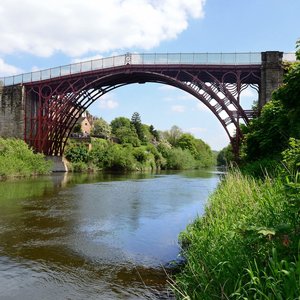
ERIH Anchor Points
Big Pit: National Coal Museum World Heritage Site
NP4 9XP
Blaenavon, United Kingdom
Cromford Mills World Heritage Site
Cromford Mill
DE4 3RQ
Cromford, United Kingdom
Verdant Works
West Henderson´s Wynd
DD1 5BT
Dundee, United Kingdom
National Slate Museum World Heritage Site
Padarn Country Park
LL55 4TY
Llanberis, United Kingdom
London Museum of Water & Steam
Green Dragon Lane
Brentford
TW8 0EN
London, United Kingdom
Stanley Mills
Mill Square
PH1 4QE
Perth, United Kingdom
Port Sunlight
Port Sunlight Village Trust
23 King George’s Drive
CH62 5DX
Port Sunlight, United Kingdom
National Waterfront Museum
Oystermouth Road
SA1 3RD
Swansea, United Kingdom
Iron Bridge World Heritage Site
Ironbridge Gorge Museum Trust
Coach Road
Coalbrookdale
TF8 7DQ
Telford, United Kingdom
National Coal Mining Museum for England
Caphouse Colliery
New Road
Overton
WF4 4RH
Wakefield, United Kingdom
Member Sites ERIH Association
Coffin Works Museum
13-15 Fleet Street
B3 1JP
Birmingham, United Kingdom
Blaenavon World Heritage Centre
Church Road
Blaenavon, United Kingdom
Cambridge Museum of Technology
The Old Pumping Station
Cheddars Lane
CB5 8LD
Cambridge, United Kingdom
Dudley Canal and Tunnel Trust
501 Birmingham New Road
DY1 4SB
Dudley, United Kingdom
The Devil’s Porridge Museum
Annan Road
DG12 6TF
Eastriggs, United Kingdom
Dallas Dhu Distillery
Mannachie Road
IV36 2RR
Forres, United Kingdom
New Lanark World Heritage Site
New Lanark Mills
ML11 9DB
Lanark, United Kingdom
New Abbey Corn Mill
DG2 8BX
New Abbey, United Kingdom
Lion Salt Works
Ollershaw Lane
CW9 6ES
Northwich, United Kingdom
Shrewsbury Flaxmill Maltings
Spring Gardens
Ditherington
SY1 2SX
Shrewsbury, United Kingdom
Bursledon Brickworks Industrial Museum
Swanwick Lane
SO31 7HB
Southampton, United Kingdom
Bonawe Iron Furnace
PA35 1JQ
Taynuilt, United Kingdom
Rhondda Heritage Park
Lewis Merthyr Colliery
Coed Cae Road
CF37 2NP
Rhondda, United Kingdom
Sites
Cynon Valley Museum
Depot Road
Gadlys
CF44 8DL
Aberdare, United Kingdom
Aberdeen Maritime Museum
Shiprow
AB11 5BY
Aberdeen, United Kingdom
Aberfeldy (Wade's) Bridge
Taybridge Road
PH15 2DD
Aberfeldy, United Kingdom
Goytre Wharf
Activity and Visitor Centre
Llanover
NP7 9EW
Abergavenny, United Kingdom
Aberystwyth Cliff Railway
SY23 2DN
Aberystwyth, United Kingdom
Argyll Motor Works | Lomond Galleries
78-80 Main Street
G83 0UG
Alexandria, United Kingdom
Grampian Transport Museum
Montgarrie Road
AB33 8AE
Alford, United Kingdom
Fradley Junction
DE13 7DN
Alrewas, United Kingdom
Amberley Museum
BN18 9LT
Amberley, United Kingdom


